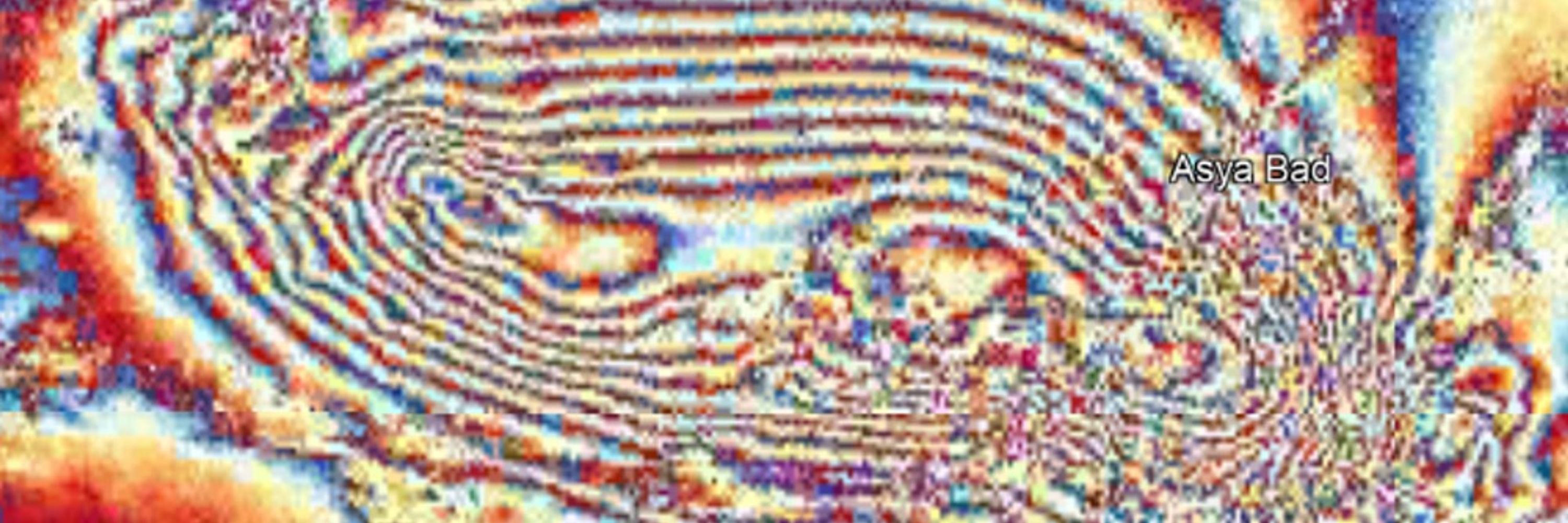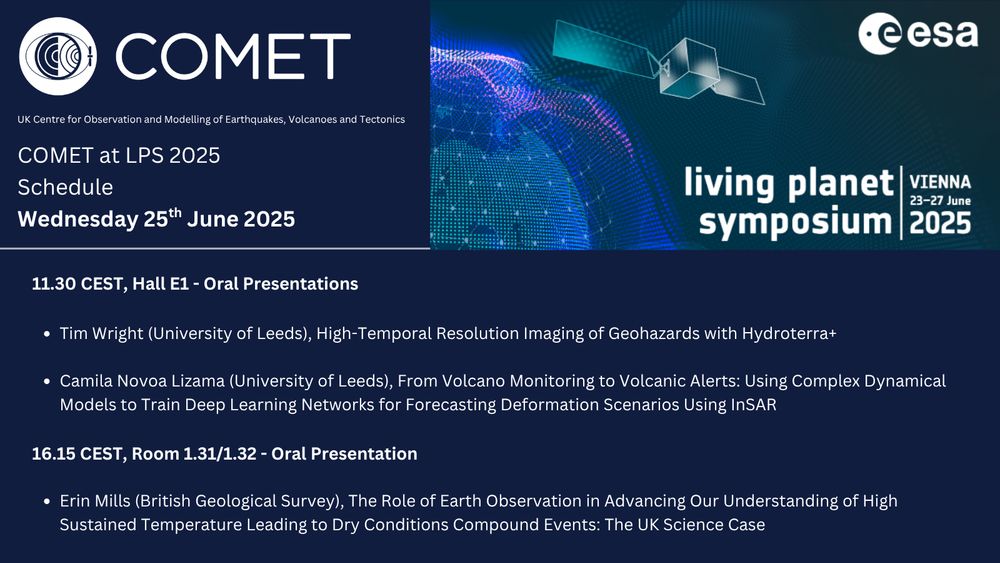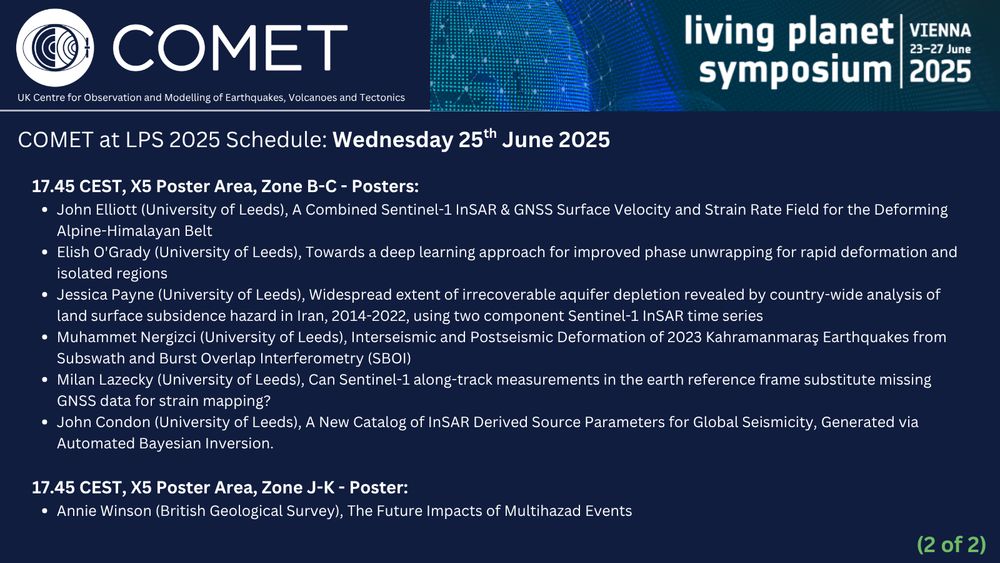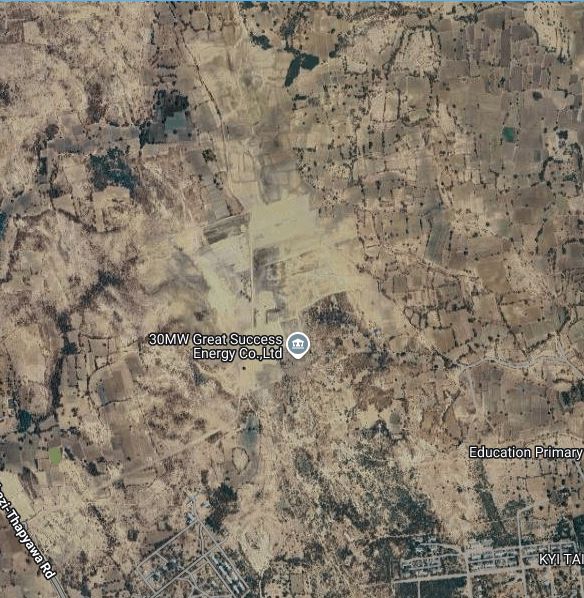
Prof of Satellite Geodesy, School of Earth and Env, Univ Leeds; Director of NERC_COMET; Co-founder of SatSenseLtd; @timwright_leeds on another site; Fringes, Quakes and some other stuff. All views my own.
Reposted by David Pyle, Tim Wright
Reposted by Tim Wright
Reposted by Tim Wright

www.youtube.com/@riftandrift...
@timwrightleeds.bsky.social @julietbiggs.bsky.social
Reposted by Simon Carn, David Pyle, Tim Wright , and 1 more Simon Carn, David Pyle, Tim Wright, Jenni Barclay



Reposted by Tim Wright

bsky.app/profile/scia...
Reposted by Tim Wright
Reposted by Tim Wright, Rebecca Williams
Reposted by Rebecca Williams

Reposted by Tim Wright
Reposted by Tim Wright
Reposted by Tim Wright
Reposted by Tim Wright

arxiv.org/abs/2505.15461
Reposted by Tim Wright


Camila Novoa Lizama from @envleeds.bsky.social. At 4.15pm Erin Mills @bgs.ac.uk is presenting and, after that session, there will be lots of COMET posters to see. More info below:
Reposted by Tim Wright



The coming week, I (Stijn Vleugels, Uni of Leeds) will be taking over the COMET socials to give you a firsthand experience of the conference!
arxiv.org/abs/2505.15461






Reposted by Tim Wright

